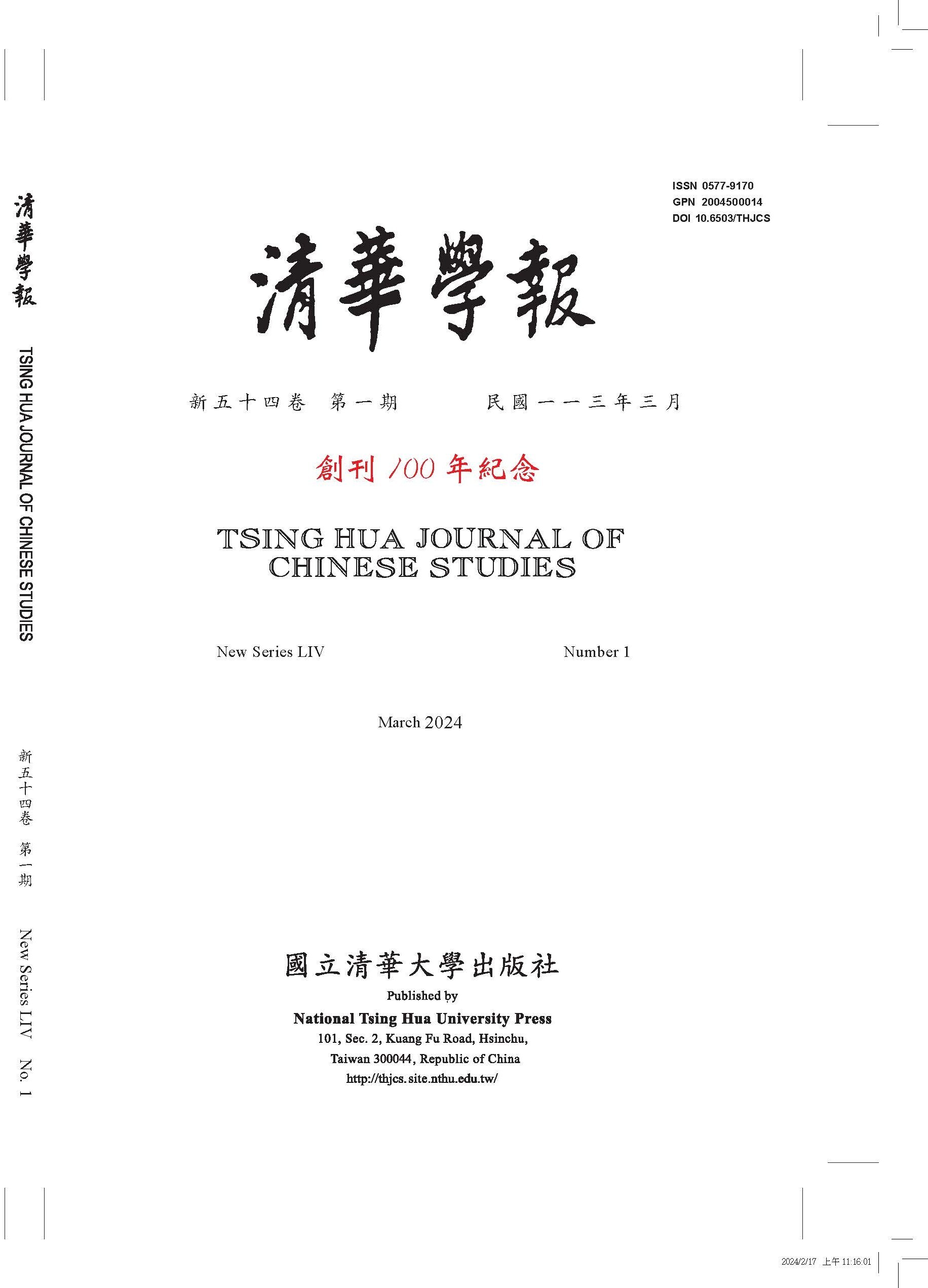Explaining “Graphs” and Analyzing “Characters”: Zhang Guixing’s Novels and Sinophone Literature’s Cultural Imaginings and Representational Strategies
Vol. 48 No.4 12/2018
|
Title |
Explaining “Graphs” and Analyzing “Characters”: Zhang Guixing’s Novels and Sinophone Literature’s Cultural Imaginings and Representational Strategies |
|
Author |
Mei Chia-ling |
|
Genre |
Article |
|
Pages |
797-828 |
|
Download |
|
|
Language |
Chinese |
|
Key words |
graphs, characters, Zhang Guixing 張貴興, Sinophone literature, Elephants群象, Monkey Cup猴杯 |
|
Abstract |
In this paper, Zhang Guixing’s novels Elephants群象and Monkey Cup猴杯are the main texts under discussion, and the perspective of explaining “graphs” (文 wen) and analyzing “characters” (字 zi) is utilized to examine cultural imaginings and representational strategies in Sinophone literature. The paper indicates that Sinophone literature consistently adopts “Chineseness” as a critical target for dialogue. Zhang Guixing’s novels use the interactions between “characters” and “graphs” to develop a dialogue with “Chineseness” that runs through the inner essence of his stories, plot configurations, character development, and rhetorical devices. Chinese characters were originally created based on pictograms (象形 xiangxing ‘shape’ or ‘form’). The 象 xiang in the title Elephants refers to ‘elephants’ and ‘truth,’ but also has connotations regarding writing, imagery, and symbolism. Elephants adopts the varied meanings of 象 xiang and uses Chinese characters and symbolic techniques in the search and hunt for 象 xiang. As a result, however, the text deviates from the “China/Chineseness” that is its source and the object of its pursuit. Monkey Cup focuses on “graphs.” Beginning with the tattoos of the indigenous peoples of Borneo, the work rethinks and rewrites concepts within Chinese culture, including civil administration, writings on ceremonial rites and regulations, and writing/speaking. A primitive or original biological nature replaces an acquired humanistic nature, and the ideal of edification through civilization is replaced by the reality of the weak falling prey to the strong. Even though this is the case, however, Sinophone script or Chinese characters still prevail as the medium of narrative representation. The tensions inherent therein continuously develop the self-dialectical energy within Sinophone literature. |
|
篇名 |
說「文」解「字」:張貴興小說與「華語語系文學」的文化想像及再現策略 |
|
作者 |
梅家玲 |
|
類型 |
論文 |
|
頁數 |
797-828 |
|
全文下載 |
|
|
語言 |
中文 |
|
關鍵詞 |
文,字,張貴興,華語語系文學,《群象》,《猴杯》 |
|
中文摘要 |
本文聚焦於《群象》與《猴杯》,由說「文」解「字」角度切入,論析「華語語系文學」的文化想像及再現策略。「華語語系文學」每每依違於「中國性」與「在地性」之間,並以「中國性」為其重要的自我對話對象。張貴興小說,正是藉由「字」與「文」的交互作用,從內在精神、情節構設、人物塑造及語言修辭等多方面,與「中國性」展開對話。《群象》利用「象」字的多義性,藉由漢字及象徵技法去尋象獵象,結果反而背離了作為源頭與追尋目標的「中國(性)」。《猴杯》從婆羅洲土著的「紋身」現象切入,重新思辨並改寫中國文化中關乎「文」的種種觀念。然所據以書寫再現的媒介,仍以華語漢字為依歸。其間張力,在在開展出華語語系文學自我辯證的能量。 |

